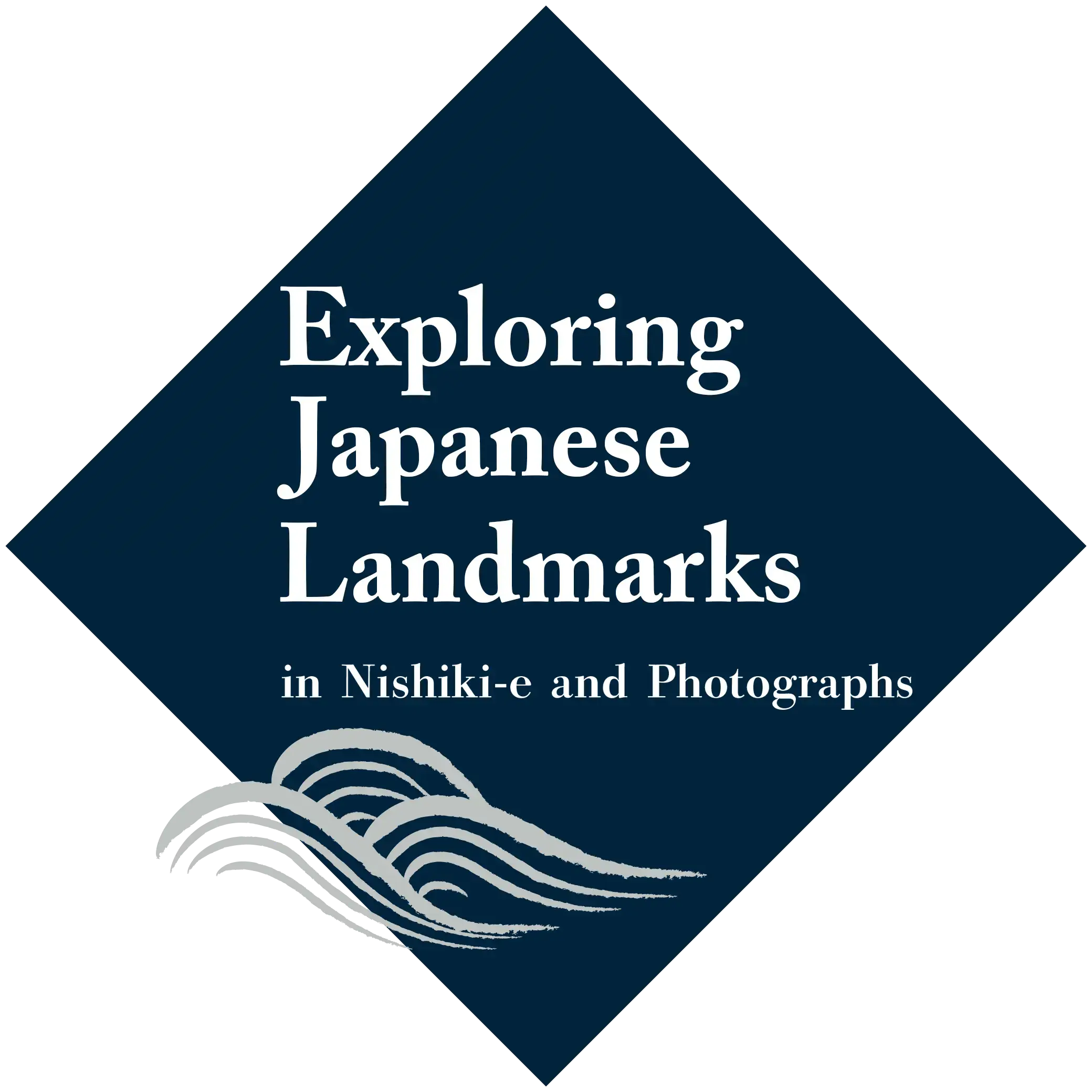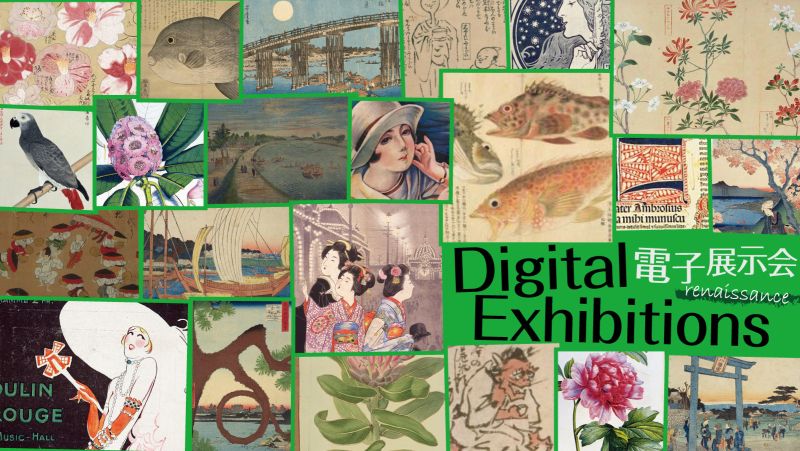
Otori-jinja Shrine
Up until the Edo Period, the Otoridamyo-jin Shrine was located within the grounds of the Chokoku-ji Temple, however upon the separation of Shinto and Buddhism during the Meiji Restoration, it was made independent and the name changed to Otori-jinja Shrine. The date of the shrine's founding is unknown. The annual festival on the Tori no Hi (Day of the Bird) in November, are called the Tori no Ichi (bird market, also called Tori no Machi and Otorisama), and are events which continue today from the Edo Period. The event was famous for sales of bamboo rakes of all shapes and sizes, yatsugashiraimo (a type of taro), otafuku masks and other goods, and was very popular with business and tradespeople praying for prosperity in business. The event originated as an agricultural festival where items such as agricultural tools, old clothes, agricultural products and rice cakes were sold, and as agricultural tools bamboo rakes were thought to "rake in luck", and they soon began to be popular with people not involved in agriculture, and the event became a very cosmopolitan festival.
Nishiki-e and Paintings
江戸自慢三十六興 酉の丁銘物くまで
Landmarks around Otori-jinja Shrine
Shin Yoshiwara Asakusa okuyama Iriya Nihonzutsumi Senso-ji Temple Saruwaka-cho Asakusa Hongan-ji Temple Matsuchiyama Shodengu Temple / Imado-bashi Bridge Azuma-bashi Bridge Hashiba / Imado
